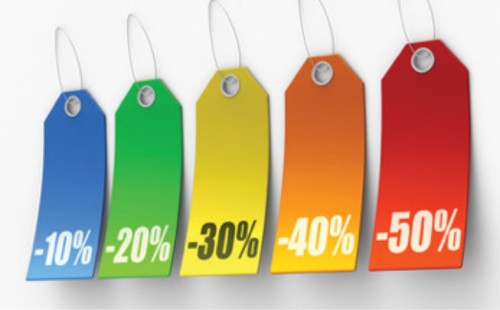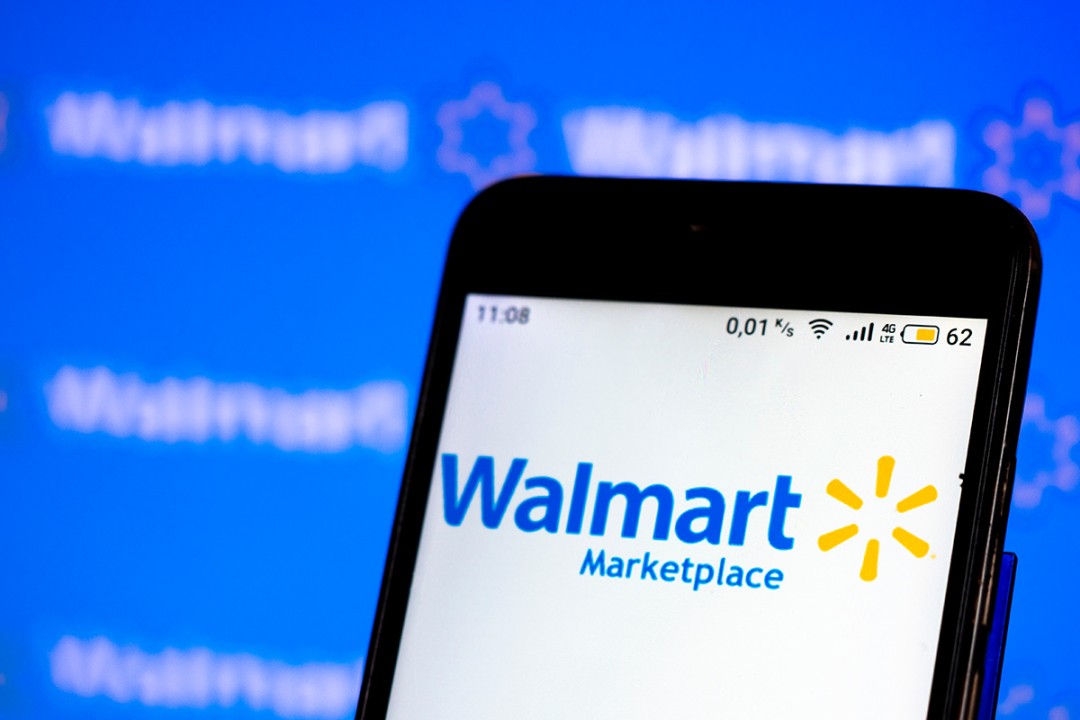
POTOO’s E-Commerce Price Defense Solutions
In today’s digital marketplace, Amazon and Walmart have revolutionized shopping. While these marketplaces and other known platforms offer brand growth opportunities, they also can bring…
Blogs | October 21, 2020
So you’ve put all your time and energy developing a great brand supported by innovative products. You’ve identified priority retail partners, perhaps even set up your own D2C website, and built an incredibly loyal social media following. You’ve finally perfected an online search strategy for both Google and Amazon to drive visibility. So why are you not leveraging all those foundational capabilities to grow through 3P marketplaces?
For many brands it was an exhausting sprint to even get this far – so yet another channel to build capabilities can feel daunting. For others, the growth has come easy, but needing to convince internal leadership that marketplaces require new ways of thinking compared to pureplay direct platforms like Amazon 1P, ASOS, or Walmart.com can be an uphill battle.
Marketplaces are where your shoppers are making decisions and where your retail customers are investing. With hundreds and millions of SKUs, platforms like Amazon far outpace the average retailer’s online store in terms of choice and availability. Walmart, Target, and even Kroger are launching their own marketplaces to try to grab a piece of the pie before it’s too late. The entire expansion strategy in South East Asia is all Marketplace driven.
Before we go further, note that not all marketplace growth is positive as it can cause massive distribution, commercial policy, and brand protection challenges for brands not prepped for it. For more information on how to put out fires marketplace growth can create, listen to our June Webinar about Commercial Reinvention.
For those of you looking to ramp up your investments in 3P marketplaces as a new route to consumer, here are the five massive opportunities you should focus on in your business case to leadership.
1. Capture the incremental shopper audience
Brands must be where its customers are, and today’s shoppers will discover, shop, and buy from different channels across many different platforms. Mental (brand) and physical (product) availability are key to ensuring you capture as much of that intent to buy as possible. Whether that shopper is on the sofa browsing through Amazon’s top-10 items or standing in front of a shelf of products in a store comparing prices or reviews online – you want to be in their line of sight.
If your product isn’t on the right marketplace where shoppers are making decisions, do not expect them to seek you out if your competitors are there front and center. Even retailers will use Amazon as a reference point to research products and prices when making category buying decisions, so being on Amazon is crucial to ensure you are an authority on your brand.
When thinking about entering new markets, online marketplaces can be a fantastic way to quickly capture as much visibility as possible. Learn more about this topic by listening to our August Webinar on marketplaces as a market expansion opportunity.
Remember – if your offline contribution to overall market growth is shrinking – then even if your market share stays the same when investing online, it’s still incremental.
2. More control over your brand experience
Marketplaces are tech companies first – retailers second. They are media platforms that can offer brands the ability to tell stories, curate products, and sell effectively to new audiences – all without needing to work through a buyer/merchandiser or invest in thousands of units of inventory to put into hundreds of retail stores.
This means that as the brand owner, you have the ability to pivot quickly, take risks, learn through building, and have more control over the way that your brand story is told to the end consumer — the risk is if you’re not the first one to tell it and you allow others to get there before you.
3. Richer assortment of products
With the previously mentioned ability to drive growth without a huge outlay in inventory, marketplaces allow you to put your entire catalog of products at your customers’ fingertips. The economics of long-tail, slow-turn SKUs, suddenly shifts to make products not in general distribution much more interesting to explore.
If some of these long-tail SKUs are problematic for your supply chain, leading brands are working collaboratively with authorized 3P sellers to ensure the widest possible assortment also results in reduced complexity. For many brands, taking a category management approach to direct selling high-turn SKUs and delisting slow-turn SKUs to 3Ps is a winning combination.
Remember – digital commerce means the “category” is no longer a space-constrained 40’ of shelving in-store. For example, regional assortment is no longer limited to a specific store’s catchment. Online you can play with hundreds of different configurations of products and search terms until you discover what works best for your brand. Even though you may not have a buyer that has a margin target to hit…. you need to still be profitable at the item level once you consider 3P fulfillment costs and item level search costs. Bundle or solution packs that get the ASP up above $14 are a great opportunity to leverage your 3PL’s co-packing or distribution ability.
4. Increased control of distribution
If you’ve taken our recommendations thus far, then you’re selling your high-turn products directly to a retailer, setting up your own brand experience (such as Amazon Storefront) to engage your end-consumers, and working with authorized third-party (3P) sellers to manage the long tail.
Marketplaces provide you with several ways to connect multiple sources of shopper demand to a comparably small amount of inventory — a fantastic return on assets. By taking a hybrid selling approach to support your planning, it means treating your strategic distribution partners in the same way as your strategic retail customers – enabling you to segment, gain trust, and build mutual-value creation through aligned JBPs. Having fewer, bigger, better eCommerce-approved distribution partners enabling higher amounts of growth, puts downward pressure on any potential volume leakage challenges which may arise from an older legacy distribution model focused on volume-based incentives.
Next, you should be putting in place a few new policies to ensure the brand is doing its part in setting its distributors up for success. Selective Distribution Agreements (SDAs), Minimum Advertised Pricing (MAP) policies (where allowed), marketplace inclusive commercial policies (shifting more of your brand’s trade spend to pay for performance rather than passive listings), and a more omnichannel promotional strategy, are all ways to support your strategic partners while minimizing risks. Stay tuned for our next blog about which KPIs to track that ensure your commercial policy is driving value.
5. Lowered reliance on over-indexed retailers
Despite its growth, eCommerce saw from the 2020 pandemic the relative ease with which Amazon shut down POs for “non-essential items”, was a wake-up call for those categories suddenly shut off from their ability to reach consumers. Brands are now looking to diversify their route to market by using 3PLs, ensuring that they no longer have all their growth eggs in one basket. The more sales channels you have the more flexibility you have to pivot to sources of high traffic and sales. But within a marketplace channel, you have the option to work with nimble third-party sellers who can help you boost your brand presence. Work closely with these 3P sellers, incentivizing them along the way, and your products will get in front of more potential customers. By taking a more active role in the way your distribution partners market and sell your brand, it effectively de-risks your distribution and puts negotiation power back in your hands.
Please reach out if our team can support your online marketplace strategy needs!
Protecting the world’s most valued brands in the online marketplace.

In today’s digital marketplace, Amazon and Walmart have revolutionized shopping. While these marketplaces and other known platforms offer brand growth opportunities, they also can bring…

The world of online shopping is changing fast, and digital marketplaces are gaining more influence. Walmart’s online marketplace is growing rapidly, which is a big…

Making informed decisions is the cornerstone of success. The rapid evolution of technology and the influx of data have created both opportunities and challenges for…